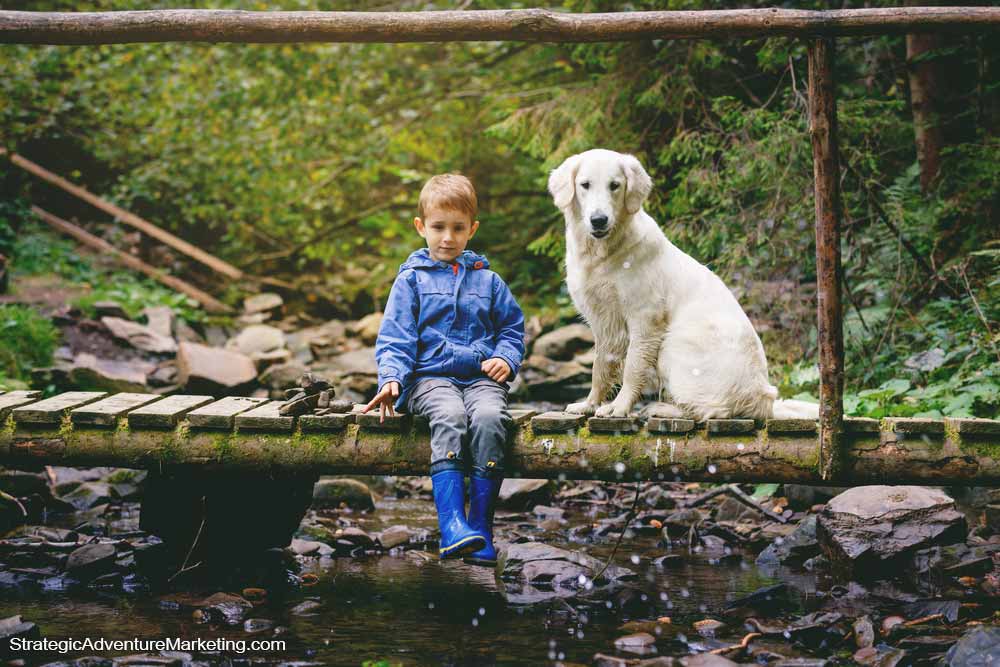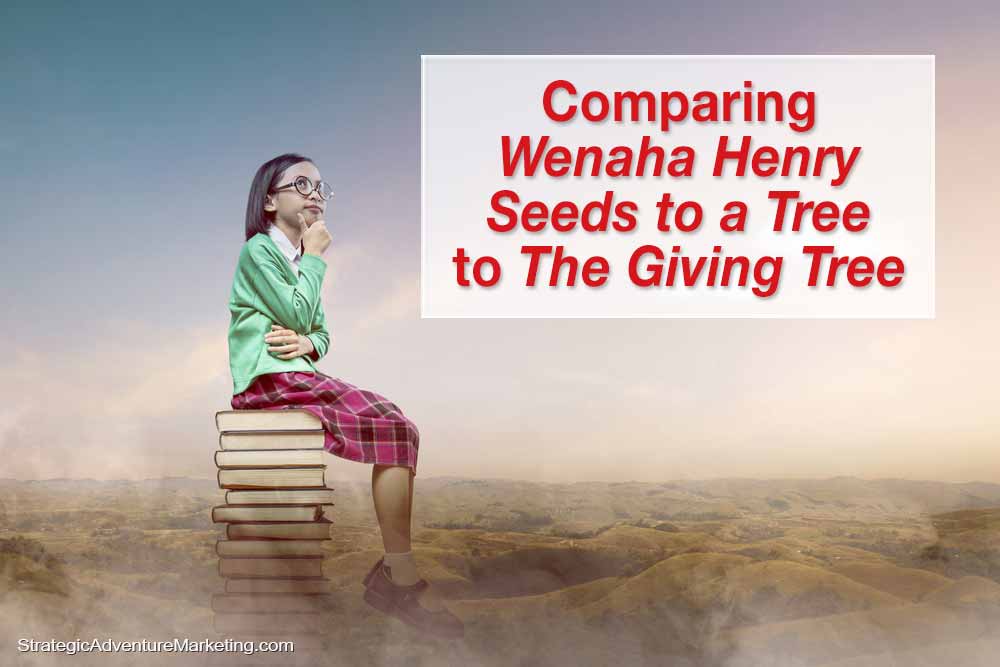Both children’s books, connecting with nature, explore compassion and selflessness
The character of the tree in The Giving Tree loves the character of the boy unconditionally. This fondness is constant even as the boy grows older and starts to abandon the tree. As his various sacrifices attest in this children’s picture book about caring for nature and animals, the tree would do anything to make the boy happy.


Both children’s books about conserving and replenishing natural resources paint a picture of the dangers of selfishness and the impact our actions, both intentional and unintentional, have on those around us
In The Giving Tree, the boy as he grows up experiences a lessening of fondness for his old friend the tree. He then exploits the tree’s concern for his own selfish ends and in the long run, the tree ends up being a mere stump of his former glory.
In all this, the boy does not even once think of conserving the natural resources he routinely harvests from his friend and ends up totally depleting them. Similarly, in Wenaha Henry Seeds to a Tree about the causes of fire, the coyote starts a fire that ends up burning down the forest which so many creatures depend on. All this was to simply satisfy his immediate need to eat and never thought about the impact of his actions toward those around him and the ecosystem in general. Using these ingenious devices, both of these books on natural disasters point to the grave risks of not taking care of the environment. At the same time, they describe the many rewards of leaving the world better than we found it for the sake of future generations.
Both books embrace close family and friendship ties
In the example presented in The Giving Tree, the tree has a real and consistent interest in the welfare and wellbeing of his friend the boy. He allows the boy to plunder all his natural resources without thinking about the wrongness of it all. All he cares about is for the boy to be happy. In the end, when he is a mere husk of his former self, the tree is saddened that he no longer has anything better to offer his old friend but a seat to rest on. At no time does the tree think it is the boy’s fault that he has been reduced to such a condition. Likewise, Wenaha Henry shows compassion to the other creatures who have suffered from the total destruction of their habitat. When the opportunity presents itself, he at once jumps on the request of Grandpa Grouse to plant seeds to grow new trees. All the while, Wenaha Henry does not think that he and his own family aren’t directly affected by the tragedy and he does not really have to do anything to help.
Both books promote the immense value of generational storytelling
In The Giving Tree, generational storytelling is utilized to instill proper values and morals in young children from the time the boy is young and loves his friend the tree to the time he begins to be parasitic on the tree as he grows older and more selfish. At last, we see him as a bent old man who is left with nothing else in the world but the stump of his old friend, the tree that still loves him unconditionally.


